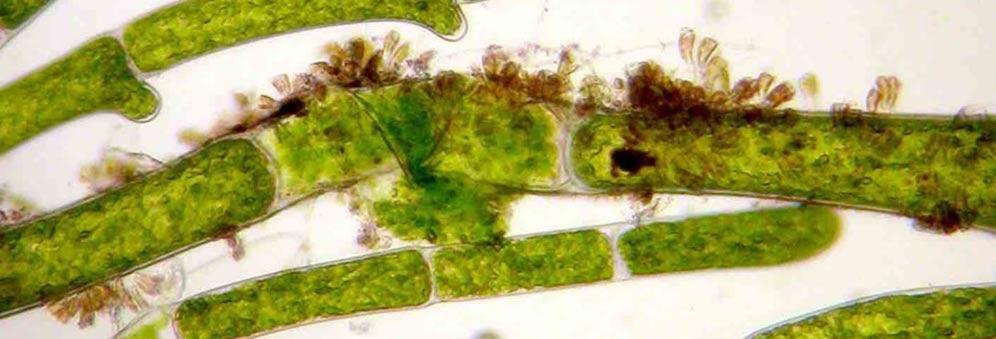Improving water quality and ecosystem infrastructure
The development of new assessment tools has led to major changes in ecosystem infrastructures in the UK and Ireland, with estimated financial benefits of £200 million.
Maintaining the quality of water is vital for the sustainability of ecosystems, population health and industrial development. EU directives establish certain standards which must be adhered to, while scientific measurement tools ensure those standards can be effectively met.
Thanks to the role played by the University of Bristol in the development of new assessment tools, major changes have been made to ecosystem infrastructures in the UK and Ireland. It is estimated that by improving the quality of rivers and lakes, those changes could bring benefits worth £200 million over the next few decades.
Assessing natural resources
Since it came into force in 2000, the European Union Water Framework Directive (WFD) obliged all member states to achieve a good quantitative and qualitative ecological status in monitored freshwater systems by 2015. This includes establishing water management systems, mitigating against pollution, assessing the impact of human activity and implementing control measures.
Dr Marian Yallop from Bristol’s School of Biological Sciences was one of a team of experts brought together in 2002, with funding from the Environment Agency (EA) and the Scottish Environment Protection Agency (SEPA) to help the UK meet its requirements under the WFD. The team was tasked with developing new predictive tools for assessing the ecological status of freshwaters.
These tools were based on benthic diatoms, a major group of algae. Diatoms play a key role in the functioning of the ecosystems of oceans and freshwater basins and contribute approximately 25 per cent of the oxygen we breathe. Individual species of benthic diatoms vary in terms of their tolerance to pollution (e.g. phosphates and heavy metals). Hence, changes in the diatom composition can be used as a powerful indicator of water quality.
Extensive sampling
In 2008 and 2009, Dr Yallop’s Bristol-based research team collected and evaluated samples from across the UK and Northern Ireland – a total of 1,000 river samples and 1,200 lake samples. The resulting data was analysed and compared to existing environmental data.
This enabled researchers to produce a site-specific reference grid and determine areas that had been relatively undisturbed. They were also able to compare the present condition of waterbodies in relation to that expected in relatively ‘pristine’ sites.
At the same time, Dr Yallop’s researchers were able to validate the concept of ‘pristine’ ecosystem conditions by collecting and identifying historical diatom samples removed from herbarium material.
For part of the research project, replicate samples of benthic diatoms were collected from waterbodies spanning the ecological status range. This enabled the Bristol team, in collaboration with the consortium comprising other academic institutions, consultants and the UK agencies, to quantify the level of uncertainty in assessing water quality, which is vital for decision making by Environment Agency staff.
Protection and improvement
These new measurement tools are now used extensively across the UK and Northern Ireland. Guidelines produced by the team have since been used to train the Environment Agency (EA) and Scottish Environment Protection Agency (SEPA) on appropriate sampling strategies and in the identification of biota.
The tool has also been referenced in guidelines subsequently developed by other countries including Canada, Norway, Portugal, Spain and Korea.
Dr Yallop and colleagues are continuing to work with water authorities, landowners and farmers across the UK to help them improve water quality in line with WFD requirements.
Related publications
Related research groups
 Apply to the SW Biosciences Doctoral Training Partnership
Apply to the SW Biosciences Doctoral Training Partnership
Develop outstanding cross-disciplinary research skills in this unique partnership.
